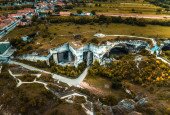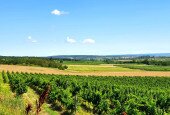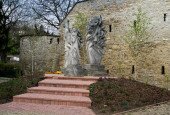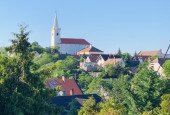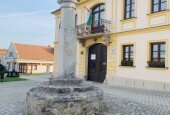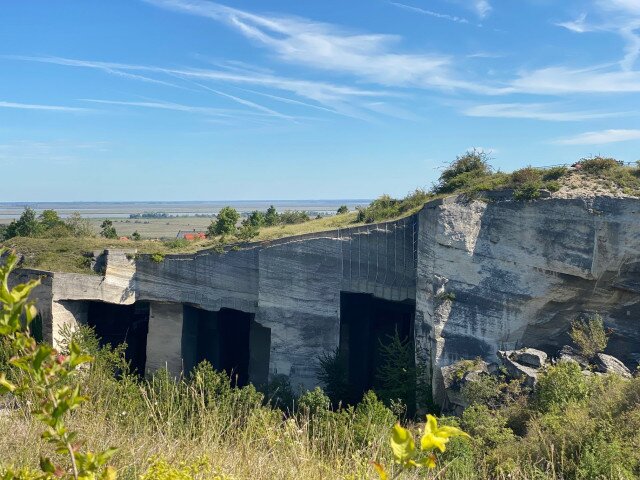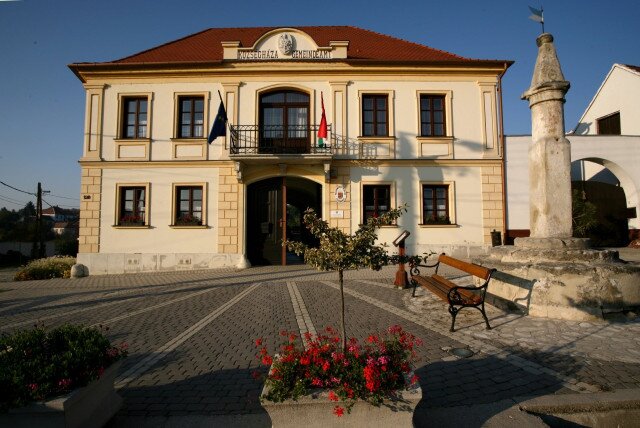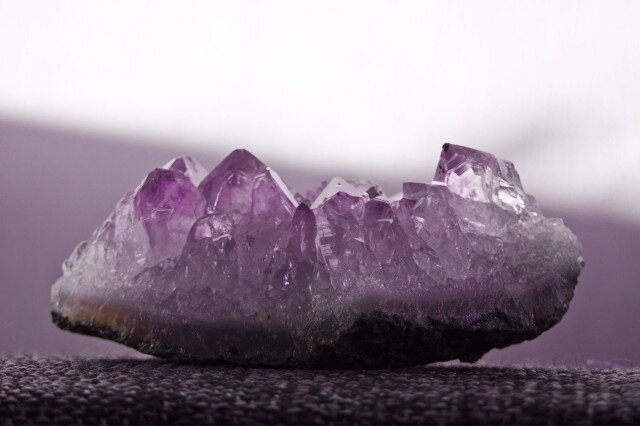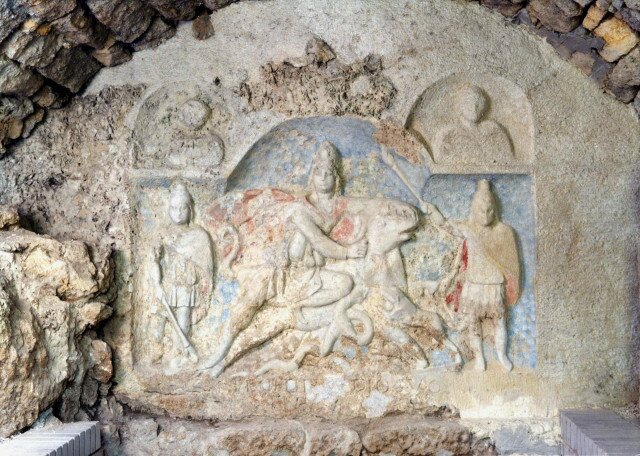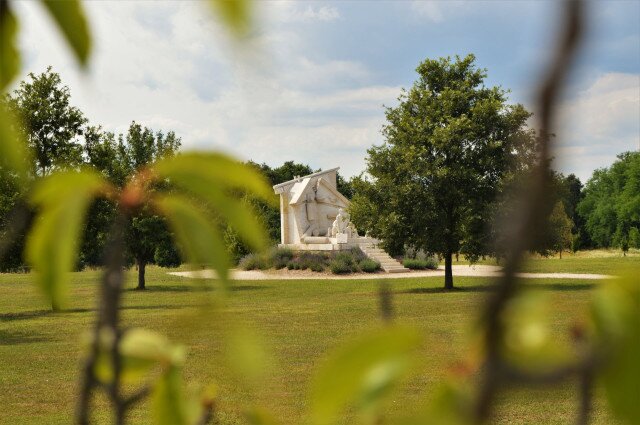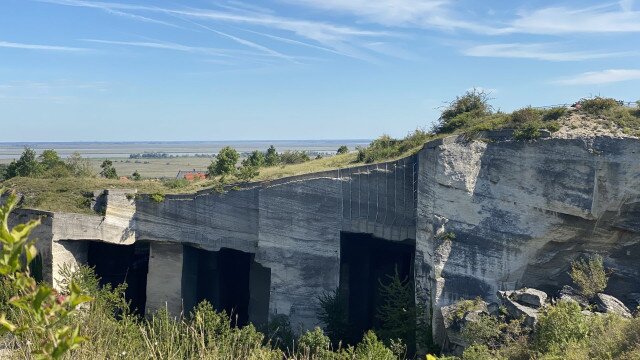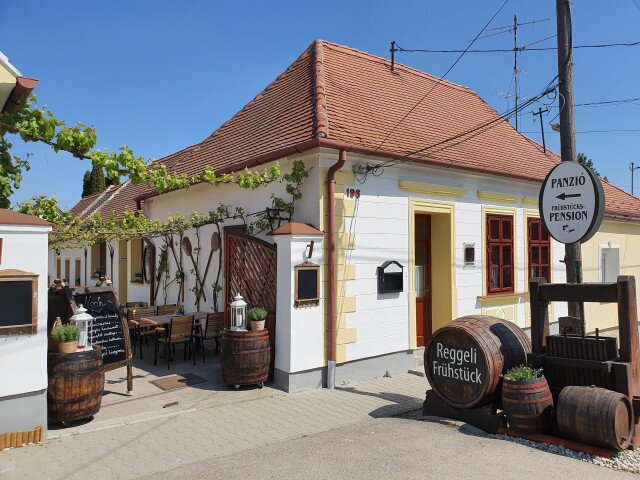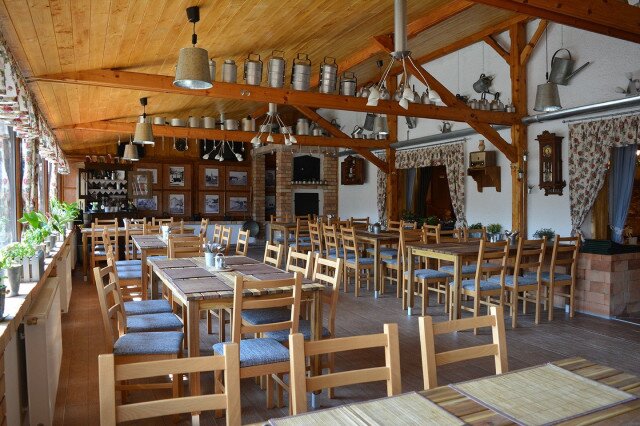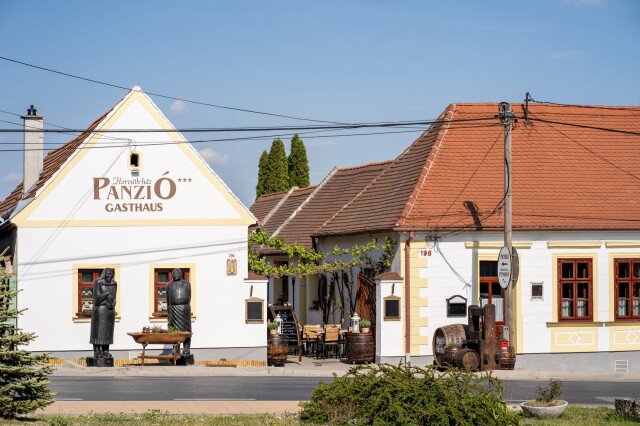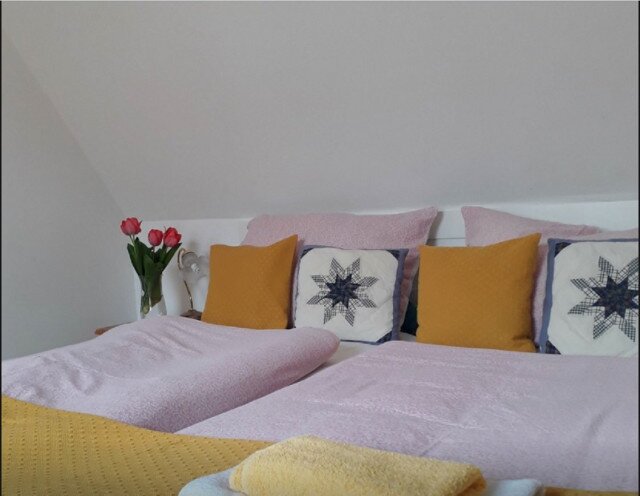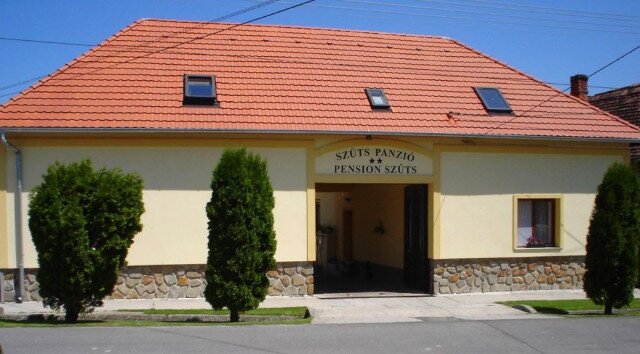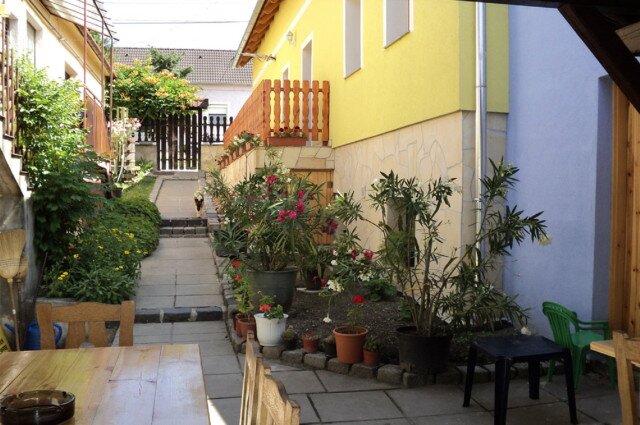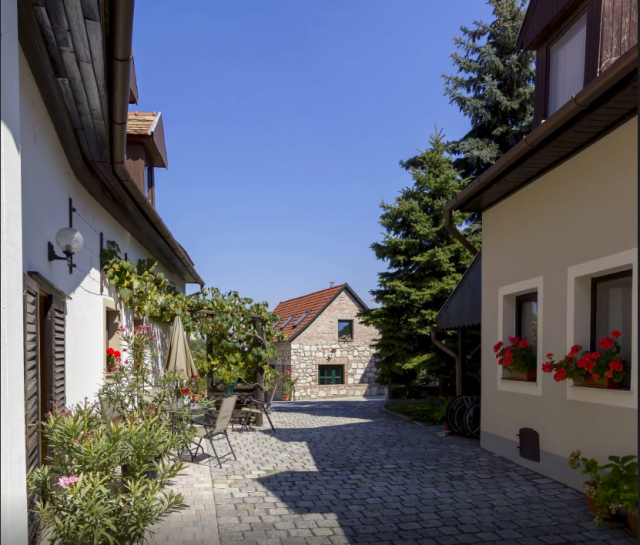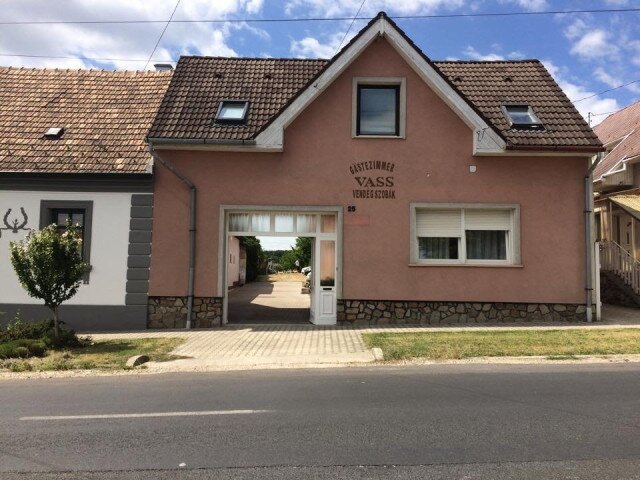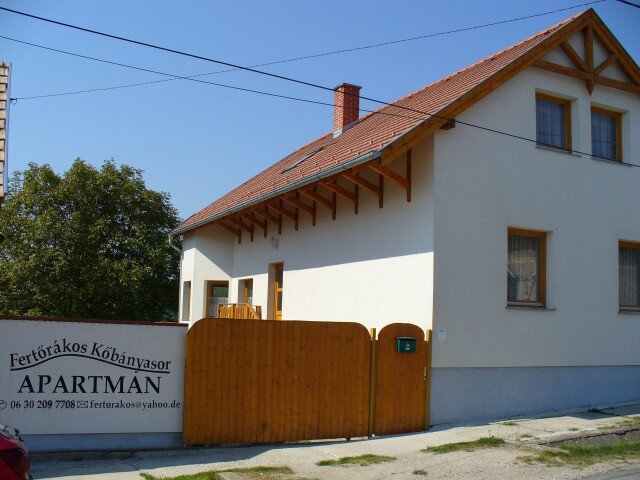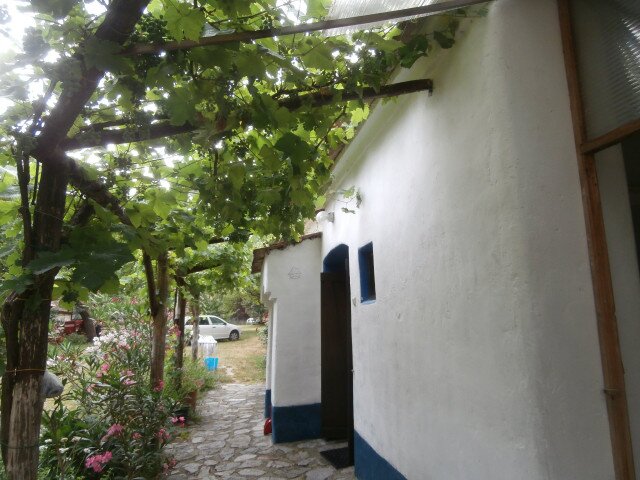Fertőrákos
It is
Attractions:
Mithras Sanctuary: The Roman sanctuary dedicated to the Persian Sun God Mithras is next to the road connecting Fertőrákos and Fertőmeggyes. The abandoned cave-like sanctuary was discovered nearly simultaneously in 1866 by stone carver György Malleschitz and Ferenc Stornó Jr. Ferenc Stornó Sr. took part in the exploration and built an arch of carved limestone over the sanctuary. It can now be visited from spring to autumn.
Stone Quarry and Cave Theatre: The area was flooded by the Pannonian Sea millions of years ago. Today a renovated facility of a European standard, the Fertőrákos Quarry and Cave Theatre awaits its visitors.
Pillory: In the centre of the village you can see Hungary's one and only public pillory, a shame pole from the 17th century. At the beginning of the 1530s, a new prison was built under the marketplace, and a tower was placed above it, it is the pillory that you can still see today.
Bishop’s Palace: The design of the palace was formed by constructions from the end of the 16th century to the middle of the 18th century, by three bishops of Győr, whose family coats of arms can be seen above the windows upstairs. During the time of György Széchényi, the U-shape of the palace was formed, with Ágost Keresztély the palace was rebuilt after the Turks ravaged it in 1683, and the final construction and Rococo ornamentation of the palace are attributed to Bishop Ferenc Zichy. The monument is currently not open, it is to be renovated.
Medieval town wall: The 4-meter high walls with loopholes from the 16th century can still be seen on the main street (Fő utca) of the village. A bastion tower was added to the lower town wall. The village centre bordered by the old town wall has been under monument protection since 1969. At the lower town wall, you will find the Monument to the Deported, which commemorates the deportation of the local Germans in 1946.
Near Fertőrákos, in addition to the medieval town wall, here is another medieval monument, the Macskakő Castle. This castle believed to be almost impregnable was in constant conflict with the town of Sopron for more than two decades (1441-1464). It saw frequent changes in its ownership, the owners took advantage of the fact that from 1441 Sopron and its surroundings were mortgage of the Habsburgs, while the castles of Rákos and Macskakő came under the rule of the bishop of Győr and the Hungarian king. Hussite mercenary armies raided and looted the area from the castle. It was razed to the ground in 1464, and its location is hidden in a shroud of legend.
Local history exhibition: Local history collection, church and association flags, brick museum, peasant room, a traditional kitchen, wine cellar with a press, barn and a
Roman Catholic Church: The church is in the middle of the village. It is such a tall building that it can be seen from all parts of the village. On the upper floor there is a semi-circular bell room with three bells. The tall, sturdy tower is surrounded by a stone-railed balcony that served as an observation site during Turkish raids. In peaceful times, it was used to observe fires, and to report the arrival of new guests coming from Sopron to the villagers.
Watermill with sundial: The flour needed for the daily living in the village was produced by three mills. Only one of these survived to the present day. Its façade features a sundial and a picture of the Madonna.
Szárhalmi Forest: The Szárhalmi Forest is a spur of the Lajta Mountains, a member of the row of hills along Lake Fertő. The special feature of this protected area is that its wildlife plays a “bridge role” between the limestone mountains of the Eastern Limestone Alps and the Little-Carpathians. Szárhalmi forest, the hilly, 412-acre area is a particularly beautiful part of the National Park. The geological and climatic conditions are partly due to the continental climate of Hungary, but partly it has southern, sub-Mediterranean features, which results in the uniqueness of the forests here.
Pan-European Picnic Memorial: On your way from Fertőrákos to Sopron, it is worth taking a small detour to the Pan-European Picnic Memorial Site. With a pleasant walk and the help of photos, you can witness the border crossing of the East-Germans in 1989. Built for the 30th anniversary of the event, the Visitor Centre is an accessible 200-square-metre light structural building that is open from April to October. The main functions of the facility: a community information space, a museum exhibition space, a café, social rooms. There is also an interactive memorial exhibition in the building presenting the events of the Pan-European Picnic in
Sziklai Benge educational trail: Walking along the trail you can meet the natural values of the Fertőákos quarry, the Fertő area and the Fertő-Hanság National Park. With the help of thematic demonstration points installed at the lookout points, they can get to know the most important habitats, the protected plant and animal species that occur along the trail as well as the current and past land use.


